A Network Learning Lab: Centering Story, Love and Emergence
June 18, 2018 3 Comments“Words are how we think, stories are how we link.”
– Christina Baldwin
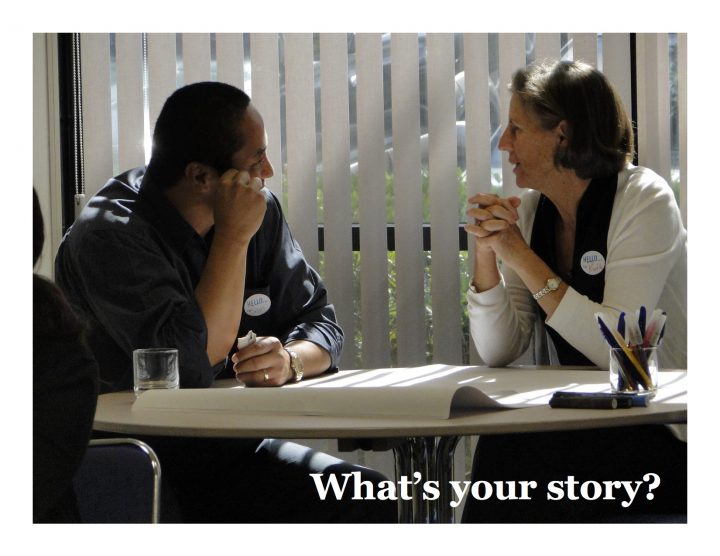
Last week I had the privilege of facilitating a two-day Network Learning Lab for a remarkable group of conservation leaders and network weavers. I co-designed the session with Olivia Millard and Amanda Wrona of The Nature Conservancy (and at the instigation of Lynn Decker of the Fire Adapted Communities Learning Network) to connect and strengthen the capacity of those working at the intersection of ecosystem health and human/community development while building networks at local, state, regional, national and global levels. Our design was informed by input given by the participating network weavers themselves about their core challenges and learning objectives, while leaving room for the unexpected – enough spaciousness for the network magic of emergence to happen.
As with other network leadership institutes that we at IISC have had a hand in designing and facilitating, the experience last week had as its foundation plenty of opportunities for the cohort to authentically connect, to get to know one another on both professional and personal levels. And as with both leadership development sessions and ongoing network development initiatives that we support, we turned to storytelling as a way to create bonds and understanding. This included time for the participants to tell brief stories about their networks, doing so in 5 minute informal bursts sprinkled throughout the two days (which could also have been done as Pecha Kucha or Ignite presentations). The intent was to create a bit more understanding of what might make each network unique in its aspirations, attributes and accomplishments and to whet people’s appetites for further conversation at breaks, meals and into the evening.
“There is no greater agony than bearing an untold story inside you.”
– Maya Angelou
We also set up a couple of exercises within the first hour of the lab for people to hear more about one another’s paths to the work they currently do, not by ticking off their resumes, but by telling stories about what happened to and moved them to be where they are now. Time and again, when I facilitate this kind of exercise, it shifts the tone of the gathering in the direction of greater openness and trust. And as we touched on in our debrief of those exercises, inviting that kind of storytelling into our work can send a signal about what is validated with respect to forms of knowing, expression and parts of ourselves to bring to the table. Along these lines, we also drew from poetry and other forms of creative expression, including a stanza from a favorite William Stafford piece, “A Ritual to Read to Each Other” which, to me, gets at the heart of network building …
“If you don’t know the kind of person I am
and I don’t know the kind of person you are
a pattern that others made may prevail in the world
and following the wrong god home we may miss our star.”
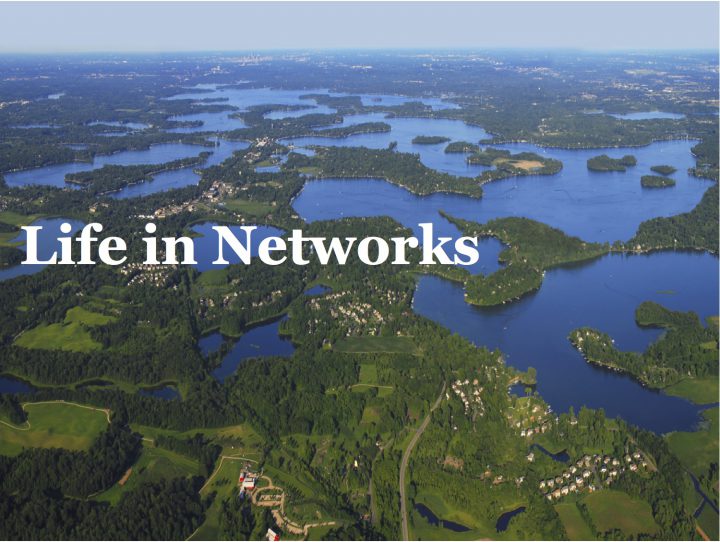
Otherwise, we spent time throughout the two days diving into the work of the various networks via four themes that were identified across cohort members’ expressed challenges and desired outcomes for our time together. These ended up coming down to the following:
-
How to frame and make the case for our networks and network approaches in general.
-
How to maximize the effectiveness of our networks as networks, through consideration of purpose, structures, leadership, and guiding principles.
-
How to think about engagement in our networks, with a commitment to inclusion across difference, and equity.
-
How to measure and communicate “impact” in our networks.
These were addressed in paired and small group work and with the assistance of various frameworks and suggested exercises, and with the expectation that people would go where they needed to go in their conversations given the variety of different kinds and stages of development of the networks represented in the room. One particularly resonant framework was IISC’s “Dimensions of Success” framework (see above) that highlights more holistic collaborative success in terms of results, process and relationship. In networks, in particular, this can help us understand the primacy of trust in relationships and robust and diverse engagement processes as being crucial to any kind of long-term success. Furthermore, relationships and process have a lot to say about how adaptive and resilient a collaborative social structure is over time!
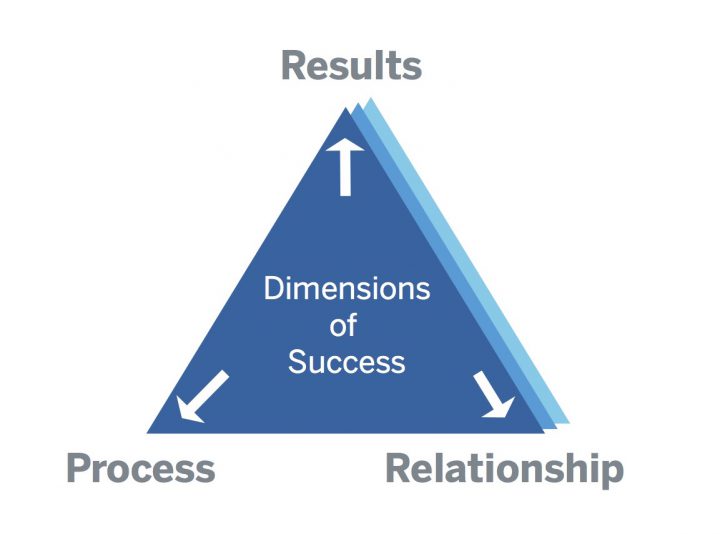
In exploring the question of making the case for a network approach, we also considered a few case studies of well-established learning and action networks that have demonstrated impact in different ways. These included the following:
-
Conservation Coaches Network
-
Boston Green and Healthy Building Network
-
Food Solutions New England
-
Fire Adapted Communities Learning Network
-
Vermont Farm to Plate Network
-
Barr Fellows Network
Each of these contributed some understanding of the diverse value that is created and received by network members …
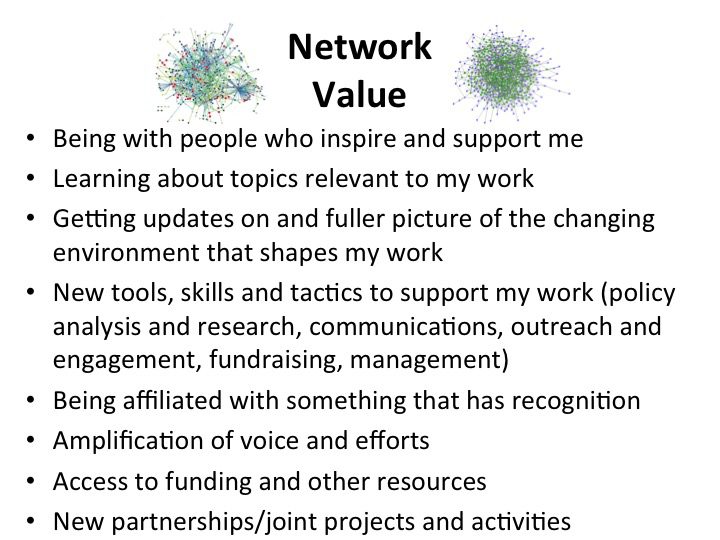
The lab also featured planned and emergent conversation touching on power dynamics, the tension between network and hierarchical structures and the need to cultivate more inclusive belonging in the work of conservation and adaptive management. While there were no easy or clear answers, and probably more questions raised, there seemed to be some comfort in acknowledging the inevitability of these tensions and uncertainty, and also the power of embracing them, leading and facilitating on the edge of what can sometimes feel like chaos and, as Bill Traynor has put it, habituating to a certain kind of “vertigo”:
“In connected environments, leaders know that networks are always teetering on the edge of balance, requiring many small adjustments to achieve a measure of dynamic stasis. I have found that a network leader has to be in constant motion, paying attention to the habits and the small stimuli needed to incessantly reconstitute balance and motion. One must learn to feel the current of change, look for and recognize resonance, and deploy oneself not as prod, but as a pivot for the many moments of change that are called for every day. [And] I have learned that one can’t possibly do this alone.” (from “Vertigo and the Intentional Inhabitant: Leadership in a Connected World”)
Something else we explored during our time was the power of emotion, including love (yes, love!), to support this work, both in creating connection but also embracing the complexity of people, perspectives and situations that networks hold.
“The ultimate act of love is allowing ourselves and others to be complex.”
Nora Bateson
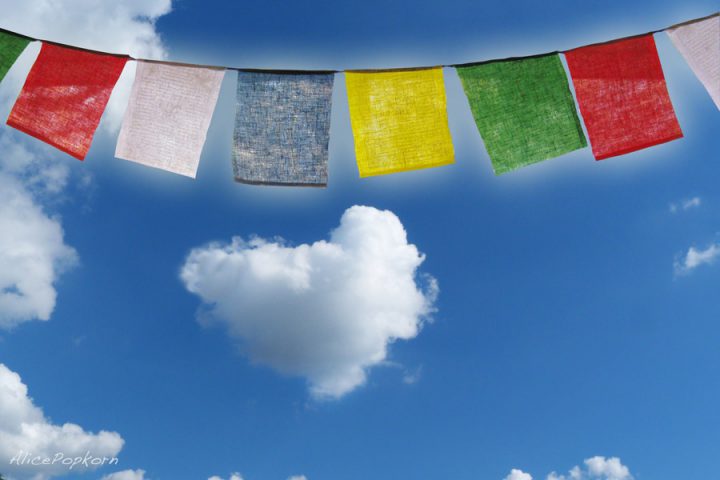
Image by Alice Popkorn, shared under provisions of Creative Commons Attribution license 2.0.
3 Comments
Dear Curtis,
Can I have your email address to send you an email? Thank you,
Michelle
Michelle, I am at cogden@interactioninstitute.org.
What an amazing post, indeed a piece of valuable information. I loved this article, This is my first visit to your site,
will come again to read more such posts.